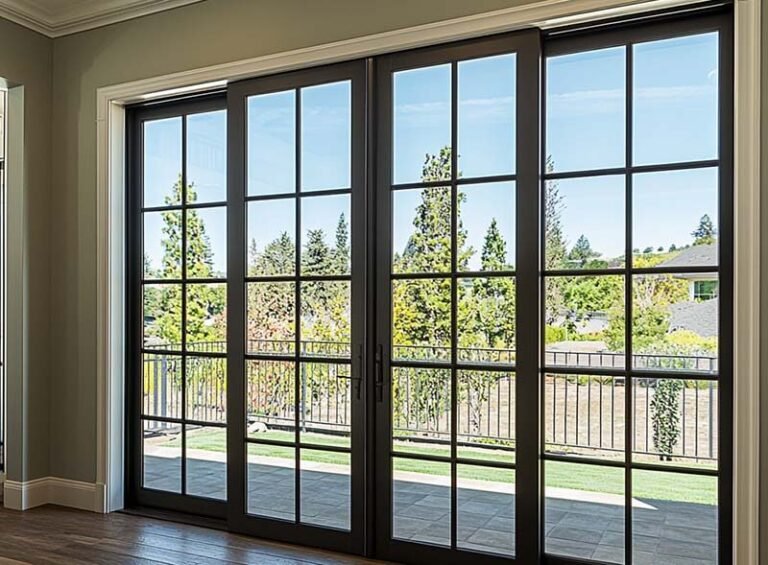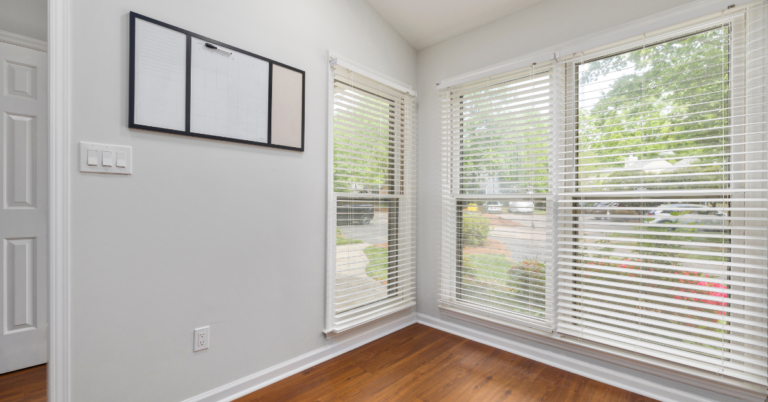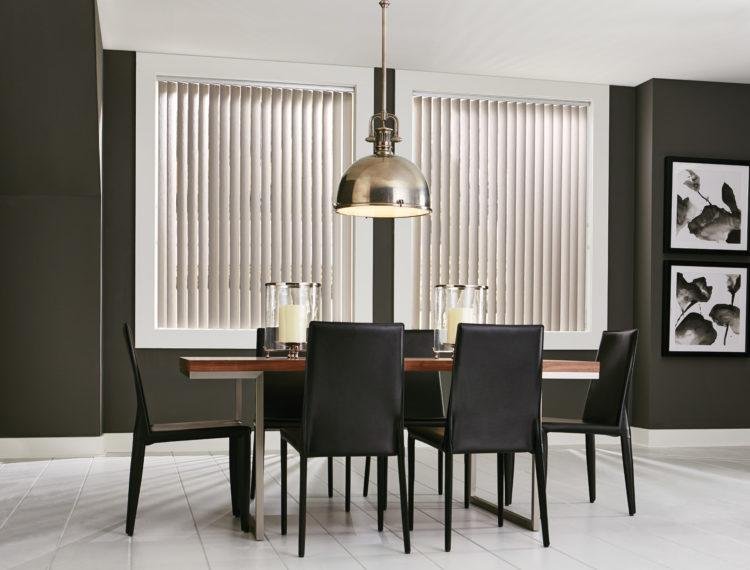Introduction to Zen-inspired Home Design
In a world filled with hustle and bustle, finding moments of peace and tranquility is essential for our well-being. One way to cultivate serenity within our living spaces is by embracing Zen-inspired home design. Drawing inspiration from ancient Japanese philosophy, Zen design principles focus on simplicity, natural elements, and mindful living.
Understanding Zen Philosophy
At the core of Zen philosophy are principles of simplicity, mindfulness, and harmony. By integrating these principles into our homes, we can create spaces that evoke a sense of calm and balance in our daily lives.
Key principles
Zen design emphasizes simplicity, minimalism, and the removal of clutter. It encourages us to focus on the present moment and appreciate the beauty of our surroundings.
Integration into home design
Incorporating Zen principles into home design involves creating spaces that promote relaxation, reflection, and mindfulness. This can be achieved through thoughtful layout, natural materials, and harmonious aesthetics.
Minimalist Aesthetics
Central to Zen-inspired home design is the concept of minimalism. Simplified spaces free from excess clutter allow for greater clarity of mind and a deeper sense of tranquility.
Simplified spaces
Zen-inspired interiors feature clean lines, uncluttered surfaces, and open spaces. Furniture and decor are kept to a minimum, allowing for a sense of flow and ease within the home.
Decluttering techniques
To create a minimalist environment, it’s essential to declutter and organize our belongings. Adopting minimalist habits such as regular purging and thoughtful storage solutions can help maintain a sense of order and calm.
Natural Elements
Another key aspect of Zen design is the incorporation of natural elements. Bringing elements of the outdoors inside helps to establish a connection with nature and promote a sense of grounding and serenity.
Incorporating nature indoors
Integrating natural materials such as wood, stone, and bamboo into our homes can evoke a sense of warmth and authenticity. Additionally, incorporating elements such as indoor plants and water features can further enhance the natural ambiance.
Use of natural materials
Choosing natural materials for furniture, flooring, and decor not only adds visual interest but also contributes to a healthier indoor environment. Natural materials are durable, sustainable, and often have a timeless appeal.
Tranquil Colors
The color palette plays a crucial role in creating a relaxing atmosphere in a Zen-inspired home. Soft, muted tones inspired by nature are often favored for their ability to evoke a sense of peace and serenity.
Palette selection
Opt for calming colors such as soft neutrals, gentle greens, and serene blues. These hues create a sense of harmony and balance while promoting relaxation and tranquility.
Psychological effects
Color psychology suggests that certain colors can have a profound impact on our mood and emotions. By choosing colors that evoke feelings of calmness and contentment, we can create a space that nurtures our well-being.
Feng Shui Practices
Feng Shui, an ancient Chinese practice, is often incorporated into Zen-inspired home design to promote the flow of positive energy, or “chi,” throughout the space.
Flow of energy
Feng Shui principles guide the arrangement of furniture and decor to optimize the flow of energy within a space. By creating a harmonious layout, we can enhance the sense of balance and tranquility in our homes.
Arrangement of furniture
Position furniture in a way that allows for easy movement and encourages social interaction. Avoid blocking pathways or placing furniture directly in line with doorways to maintain a smooth flow of energy.
Serene Lighting
Lighting plays a crucial role in setting the mood and ambiance of a space. In a Zen-inspired home, soft, diffused lighting is preferred to create a calming and tranquil atmosphere.
Soft illumination
Opt for fixtures that emit warm, soft light, such as paper lanterns, pendant lights, or recessed lighting. Avoid harsh overhead lighting, which can feel harsh and glaring.
Natural light sources
Maximize natural light by keeping windows unobstructed and using sheer curtains or blinds to diffuse harsh sunlight. Natural light not only enhances the beauty of a space but also promotes a sense of vitality and well-being.
Functional Spaces
In a Zen-inspired home, every space is thoughtfully designed to promote functionality and ease of use. Multi-purpose rooms and versatile furniture allow for greater flexibility and efficiency in daily living.
Multi-purpose rooms
Designate areas that serve multiple functions, such as a home office that doubles as a guest room or a living room that transforms into a yoga studio. This allows for optimal use of space while minimizing clutter.
Emphasis on usability
Choose furniture and decor that prioritize comfort, usability, and practicality. Opt for streamlined designs with clean lines and minimal ornamentation to create a sense of simplicity and ease.
Meditation Zones
Creating dedicated meditation spaces within the home provides a quiet retreat for contemplation and introspection. These spaces are designed to promote relaxation and mindfulness.
Creating dedicated spaces
Designate a quiet corner or alcove where you can practice meditation, yoga, or mindfulness exercises. Keep the space free from distractions and adorn it with elements that inspire tranquility and serenity.
Comfortable seating
Invest in comfortable cushions, mats, or meditation benches to create a cozy and inviting meditation area. Incorporate soft textiles and natural materials to enhance comfort and promote relaxation.
Indoor Greenery
Bringing nature indoors not only adds beauty to a space but also contributes to our overall well-being. Indoor plants are known to purify the air, reduce stress, and improve mood and productivity.
Benefits of plants
Indoor plants not only add visual interest to a space but also offer a host of health benefits. They help to purify the air by removing toxins and pollutants, promote relaxation, and enhance mental clarity.
Plant selection and care
Choose low-maintenance plants that thrive indoors and require minimal care, such as succulents, snake plants, and peace lilies. Place plants strategically throughout your home to create a sense of vitality and connection to nature.
Mindful Decor
Every element of decor in a Zen-inspired home is chosen with intention and mindfulness. Meaningful objects and personal touches add warmth and personality to the space while fostering a sense of tranquility.
Meaningful objects
Select decor items that hold personal significance or evoke feelings of peace and serenity. Display cherished mementos, artwork, or spiritual symbols that inspire reflection and contemplation.
Personal touches
Incorporate elements of your personality and interests into the decor to create a space that feels uniquely yours. Whether it’s a collection of books, handmade pottery, or family photographs, these personal touches add depth and character to your home.
Zen-Inspired Bedrooms
The bedroom is a sanctuary for rest and relaxation, and its design should reflect a sense of calm and serenity. A Zen-inspired bedroom promotes restful sleep and rejuvenation.
Calming atmosphere
Create a tranquil ambiance in the bedroom with soft lighting, soothing colors, and minimal clutter. Choose bedding and linens made from natural materials for maximum comfort and breathability.
Sleep-friendly design
Optimize the bedroom layout for restful sleep by positioning the bed away from doors and windows to minimize disturbances. Invest in a quality mattress and pillows that provide adequate support and comfort.
Tranquil Bathrooms
Transform your bathroom into a spa-like oasis where you can unwind and recharge. A Zen-inspired bathroom incorporates elements of nature and luxury to create a serene and relaxing environment.
Spa-like features
Integrate spa-like features such as a deep soaking tub, rainfall showerhead, or heated floors to enhance the bathing experience. Use natural materials such as stone, wood, and bamboo to create a sense of warmth and tranquility.
Relaxation essentials
Incorporate elements that promote relaxation and self-care, such as plush towels, aromatic candles, and soothing bath salts. Create a calming atmosphere with soft lighting and natural accents to evoke a sense of serenity.
Harmonious Living Areas
The living room is the heart of the home, where we gather with loved ones and unwind after a long day. A Zen-inspired living area promotes comfort, connection, and harmony.
Cozy seating arrangements
Arrange furniture in a way that encourages conversation and social interaction. Create cozy seating areas with comfortable sofas, chairs, and floor cushions where family and friends can gather and relax.
Balance of elements
Balance is key to creating a harmonious living space. Mix textures, colors, and materials to add visual interest while maintaining a sense of cohesion and tranquility.
Conclusion: Embracing Zen in Your Home
Designing a Zen-inspired home is about more than just aesthetics; it’s about creating a sanctuary that nurtures your well-being and enriches your daily life. By incorporating elements of simplicity, nature, and mindfulness into your home design, you can create a space that promotes peace, balance, and harmony.
FAQs (Frequently Asked Questions)
- How can I create a Zen-inspired home on a budget?
- You can create a Zen-inspired home on a budget by focusing on decluttering, incorporating natural elements, and choosing simple, timeless pieces of furniture and decor.
- What are some easy ways to add tranquility to my living space?
- Some easy ways to add tranquility to your living space include using soft, calming colors, incorporating natural materials, and creating dedicated relaxation zones.
- Can I incorporate Zen principles into a small living space?
- Yes, you can incorporate Zen principles into a small living space by maximizing natural light, minimizing clutter, and choosing multi-functional furniture that maximizes space.
- How can I create a Zen-inspired bedroom for better sleep?
- To create a Zen-inspired bedroom for better sleep, focus on creating a calming atmosphere with soft lighting, soothing colors, and comfortable bedding made from natural materials.
- What are some benefits of incorporating indoor plants into my home?
- Incorporating indoor plants into your home can help purify the air, reduce stress, boost mood and productivity, and create a sense of connection to nature.






